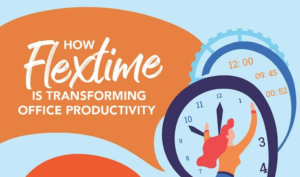
How to Discuss Hot-Button Social Issues in the Workplace
Only a generation ago, many employers skirted hot-button social issues. Their reasoning? Keep matters related to touchy subjects like politics and widespread social justice concerns

Only a generation ago, many employers skirted hot-button social issues. Their reasoning? Keep matters related to touchy subjects like politics and widespread social justice concerns

For more than a year now, many of us have been enjoying our work at home experience. On the surface, this has been an opportunity

The pandemic has altered almost every aspect of our lives. It has exposed fault lines in our country, workplaces, and at home. Many of us

Soon, business leaders will turn their attention to developing a return to work plan for employees. And for many, that plan will need to include

It seems like worker resilience has become the HR topic of the day. The pandemic suddenly forced people to work from home last year. Soon

Futurecasting is sometimes akin to looking into the sky and trying to connect the stars. As we look ahead to the future this time, though,

The impacts of COVID-19 and the measures governments and organizations are taking to contain it right now are unprecedented. The hourly breaking news headlines of